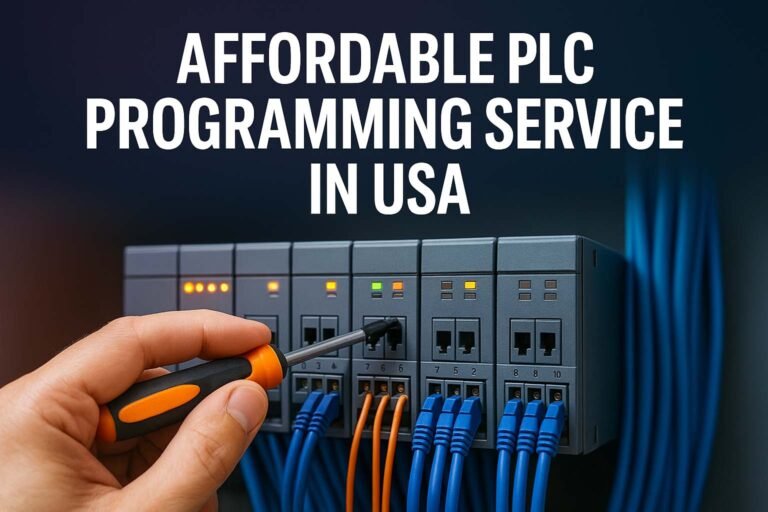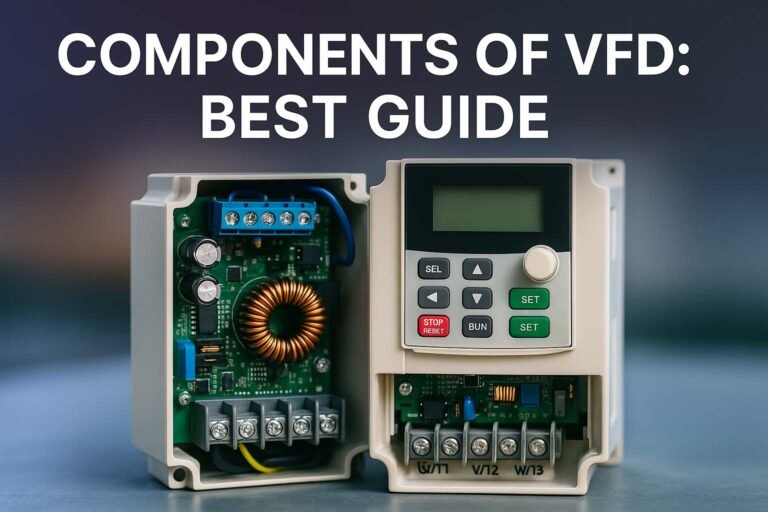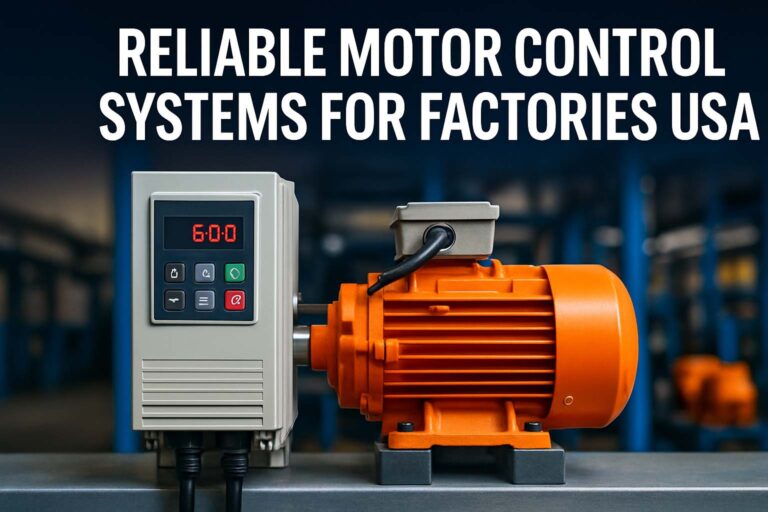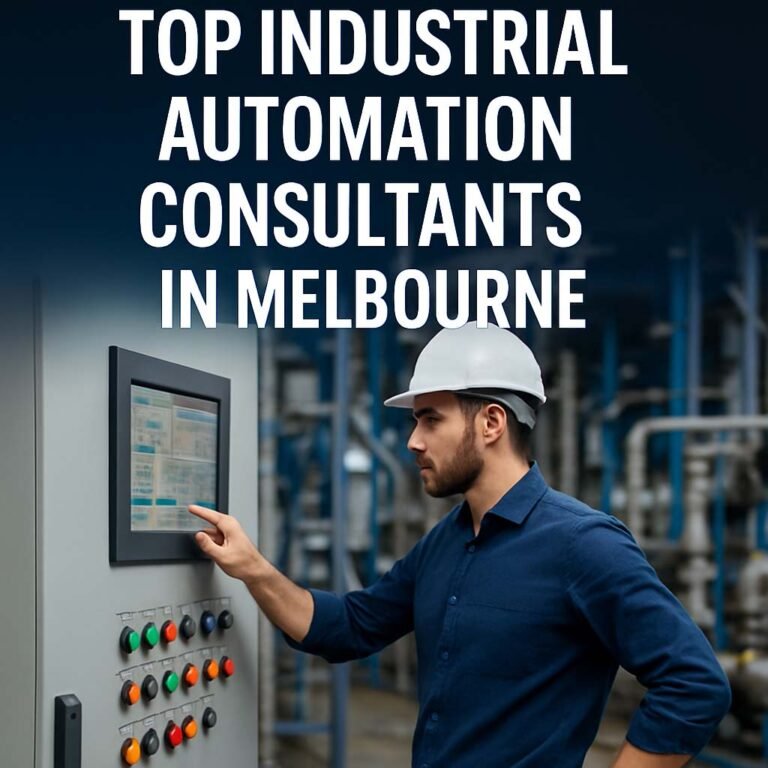IoT Integration Services for Industrial Automation USA
The Internet of Things (IoT) has revolutionized industries worldwide. In the USA, IoT integration services for industrial automation have significantly transformed operations. These services help businesses achieve enhanced productivity, streamlined processes, and real-time data analytics. This article will explore the importance of IoT integration for industrial automation in the USA, its benefits, challenges, and the role of service providers in this fast-evolving sector.

Understanding IoT Integration in Industrial Automation
Industrial automation has evolved over the years, and today, it heavily relies on technology such as IoT. IoT integration in industrial automation refers to the process of connecting various devices, machines, and systems through the internet. These connected devices can exchange data, monitor performance, and enable automation with minimal human intervention.
The integration of IoT in industrial environments facilitates real-time monitoring of machinery, predictive maintenance, and remote control of systems. In the USA, manufacturers and industries have increasingly turned to IoT integration services to optimize their operations.
Benefits of IoT Integration Services for Industrial Automation USA
1. Enhanced Operational Efficiency
The integration of IoT into industrial automation enhances the efficiency of operations. Real-time data collection and analysis from machinery and equipment enable businesses to monitor performance and identify inefficiencies. Automated processes reduce manual errors and streamline workflows, improving overall productivity.
2. Predictive Maintenance
Predictive maintenance is one of the most valuable benefits of IoT integration in industrial automation. IoT sensors monitor the condition of equipment in real time and predict potential failures before they occur. This proactive approach to maintenance minimizes downtime, extends the lifespan of machinery, and reduces maintenance costs.
3. Improved Quality Control
IoT-powered automation systems allow for precise monitoring of production lines. Sensors and cameras integrated into the system capture data such as temperature, humidity, and machine speed. This data is analyzed to ensure that products meet quality standards and specifications. Automation systems can adjust operations on the fly to maintain consistent quality.
4. Reduced Operational Costs
By automating processes and improving efficiency, businesses can reduce labor costs, energy consumption, and waste. IoT-enabled automation systems provide insights that help businesses optimize their resource use. For example, energy consumption can be monitored, and adjustments can be made to reduce costs.
5. Better Decision-Making with Real-Time Data
IoT integration in industrial automation enables businesses to access real-time data from across the production line. Decision-makers can analyze this data to identify trends, predict future needs, and make informed decisions quickly. This can lead to smarter business strategies and better overall performance.
Key IoT Integration Services for Industrial Automation in the USA
Several IoT integration services are critical for businesses in the USA seeking to leverage industrial automation. These services provide the infrastructure, software, and expertise needed for successful IoT deployment.
1. IoT Device Management
Effective IoT device management ensures that all connected devices in an industrial setup are functioning properly. This service includes monitoring, updating, and troubleshooting devices to ensure that data flows seamlessly between machines and systems. With device management, companies can ensure that their IoT networks are secure, up-to-date, and operating efficiently.
2. Data Analytics and Visualization
Data collected from IoT devices must be processed and analyzed to generate meaningful insights. IoT integration services often include data analytics platforms that help businesses visualize this data in a way that is easy to understand. These platforms provide dashboards that allow managers to monitor performance, track key metrics, and make data-driven decisions in real time.
3. Cloud Integration
Cloud computing plays a vital role in IoT integration. By storing IoT data in the cloud, businesses can access it from anywhere, enabling remote monitoring and control. Cloud integration services also provide scalability, allowing companies to store vast amounts of data without worrying about storage limitations. This flexibility is essential for growing industries looking to expand their IoT networks.
4. Edge Computing
Edge computing brings data processing closer to where the data is generated, reducing latency and improving response times. In industrial automation, edge computing allows for faster decision-making by analyzing data locally before sending it to the cloud. This is particularly important in industries where real-time decision-making is critical, such as manufacturing or energy.
5. Security Services
IoT devices are vulnerable to cyber-attacks if not properly secured. IoT integration services often include cybersecurity measures that protect industrial systems from potential threats. These services include encryption, secure device authentication, and regular security updates to safeguard sensitive data and ensure the integrity of the IoT network.
Challenges of IoT Integration for Industrial Automation
While IoT integration offers numerous benefits, there are several challenges that companies in the USA face when implementing these services. It is crucial to understand these challenges to ensure a smooth transition to IoT-enabled industrial automation.
1. High Initial Costs
The cost of implementing IoT integration services for industrial automation can be high. Businesses must invest in sensors, devices, communication infrastructure, and software platforms. Additionally, the process of integrating IoT into existing systems requires specialized expertise, which adds to the overall cost.
2. Data Security and Privacy Concerns
With an increasing number of connected devices, industrial systems become more vulnerable to cyber-attacks. Data breaches or cyber incidents could result in significant financial losses, intellectual property theft, or disruption of operations. Securing IoT devices and networks is an ongoing challenge that requires constant attention.
3. Interoperability Issues
IoT devices often come from different manufacturers, and ensuring that these devices work seamlessly together can be challenging. Interoperability issues can arise when devices and systems do not communicate effectively, which can hinder the success of IoT integration. Companies need to ensure that their IoT devices are compatible and can integrate with existing industrial systems.
4. Managing Large Volumes of Data
IoT systems generate large volumes of data. Managing and analyzing this data can become overwhelming if proper tools are not in place. Businesses need to invest in data management systems that can handle the influx of information and extract valuable insights from it. Without an effective data strategy, the sheer volume of data can become a hindrance rather than a benefit.
5. Skills Shortage
The demand for skilled professionals who can manage IoT integration for industrial automation is growing, but there is still a shortage of talent in the field. Companies need to either upskill their existing workforce or hire specialists to ensure that their IoT systems are correctly implemented and maintained.
How IoT Integration Services are Shaping the Future of Industrial Automation in the USA
The future of industrial automation in the USA is closely tied to the adoption and growth of IoT technologies. As IoT integration services continue to evolve, businesses can expect even more sophisticated capabilities in industrial automation. From advanced machine learning algorithms to AI-powered predictive analytics, the possibilities are endless.
Industrial IoT (IIoT) and Smart Factories
One of the most significant trends in industrial automation is the move toward smart factories. IoT integration services play a crucial role in making factories smarter by enabling real-time monitoring, automated processes, and efficient resource management. The smart factory of the future will rely heavily on IoT to improve productivity, reduce waste, and enhance quality.
AI and Machine Learning
AI and machine learning are expected to revolutionize industrial automation by providing deeper insights into data collected from IoT devices. By using these technologies, companies can not only predict when machines will fail but also optimize production processes, improve product design, and even automate complex decision-making.
5G Connectivity
5G technology will have a significant impact on IoT integration in industrial automation. With higher speeds, lower latency, and more reliable connections, 5G will enhance the performance of IoT devices. This will allow for even more complex systems to be integrated into industrial operations, enabling faster response times and better real-time data analysis.
Sustainability and Energy Efficiency
Sustainability is becoming a top priority in industries across the USA. IoT integration services help companies monitor and manage energy consumption more efficiently. With real-time data, businesses can identify areas where energy usage can be reduced, helping them lower their carbon footprint and achieve sustainability goals.
Conclusion
IoT integration services for industrial automation in the USA have brought about a new era of efficiency and productivity. These services are transforming industries by providing real-time data, enhancing operational efficiency, and enabling predictive maintenance. However, challenges such as high costs, security concerns, and data management need to be addressed. Despite these challenges, the future of industrial automation looks promising, with IoT at the forefront of innovation. As industries continue to adopt these technologies, IoT integration services will play an increasingly critical role in shaping the future of industrial automation in the USA.
Follow Us on Social:
Subscribe our Newsletter on Electrical Insights for latest updates from Electrical Engineering Hub
#IoTIntegration, #IndustrialAutomation, #IoTServices, #AutomationUSA, #SmartManufacturing, #IIoT, #IndustrialIoT, #AutomationSolutions, #IoTConsulting, #SmartIndustry, #DigitalTransformation, #IoTDeployment, #AutomationEngineering, #IoTTechnology, #ConnectedIndustry






